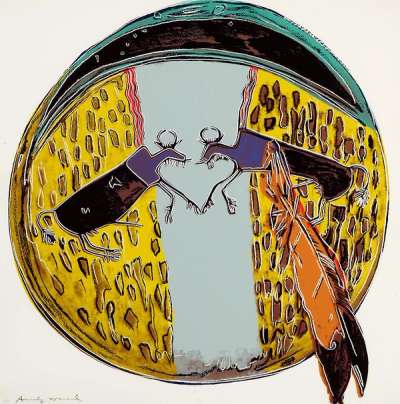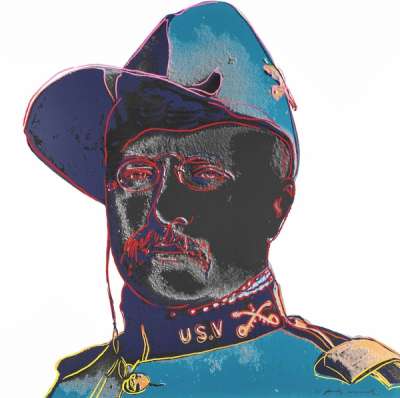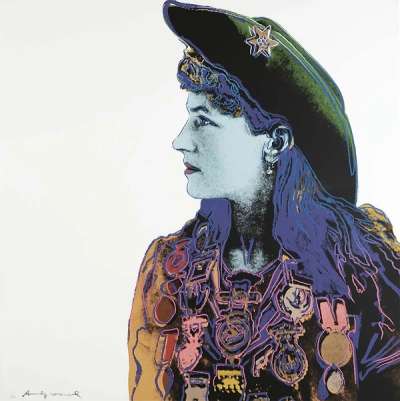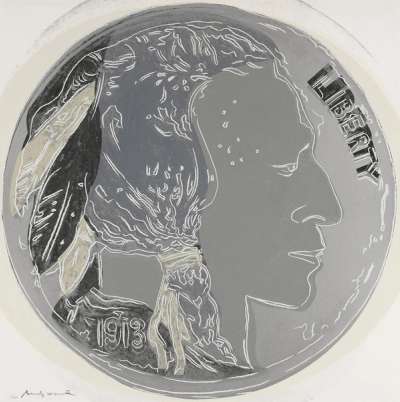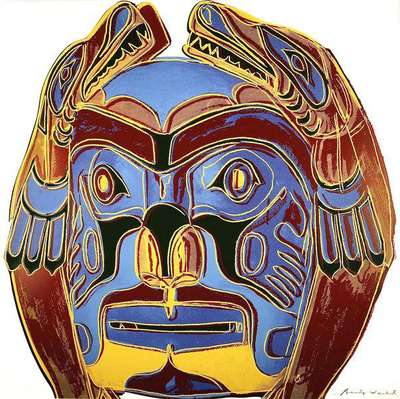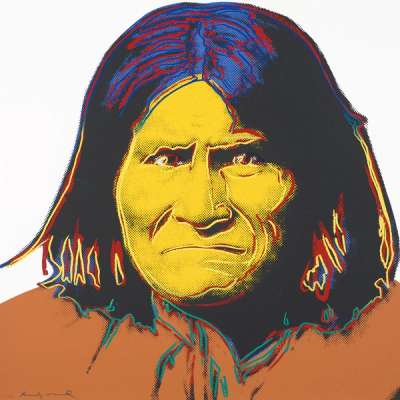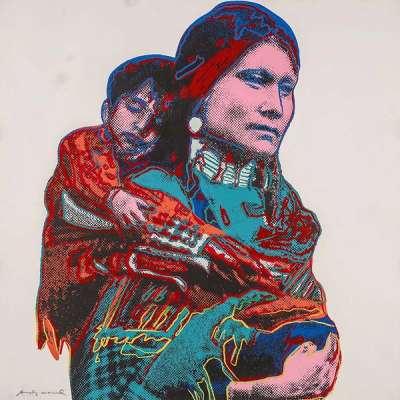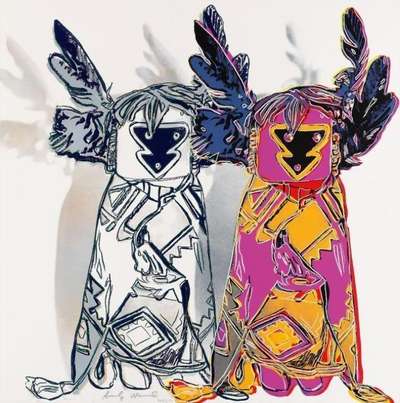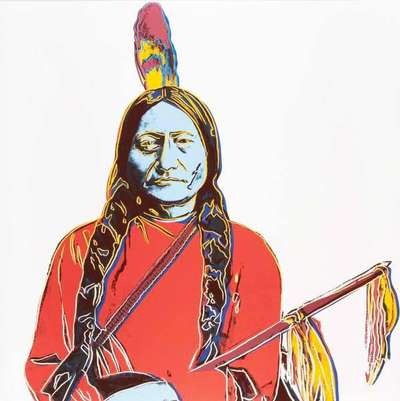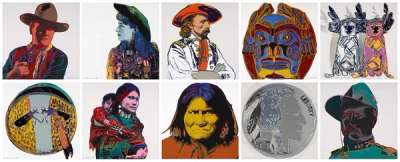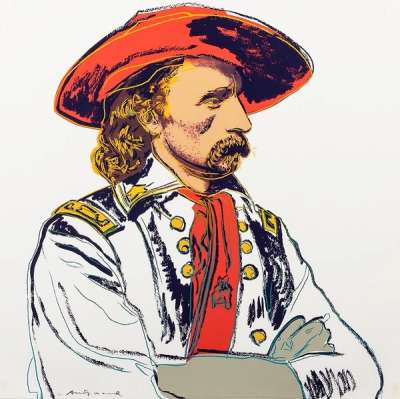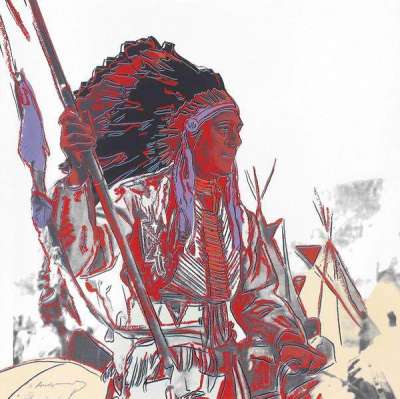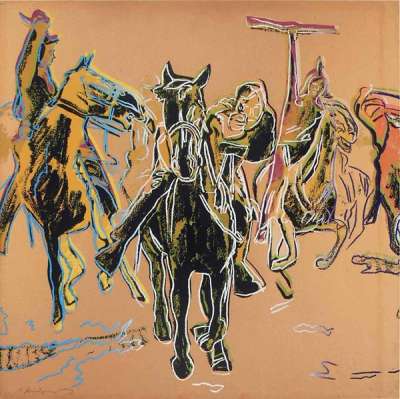
Buffalo Nickel (F. & S. II.374)

Buffalo Nickel (F. & S. II.374)
Signed Print
Andy Warhol
£45,000-£70,000
$90,000-$140,000 Value Indicator
$80,000-$120,000 Value Indicator
¥410,000-¥640,000 Value Indicator
€50,000-€80,000 Value Indicator
$460,000-$710,000 Value Indicator
¥8,780,000-¥13,660,000 Value Indicator
$60,000-$90,000 Value Indicator
AAGR (5 years) This estimate blends recent public auction records with our own private sale data and network demand.
There aren't enough data points on this work for a comprehensive result. Please speak to a specialist by making an enquiry.
Medium: Screenprint
Edition size: 250
Year: 1986
Size: H 91cm x W 91cm
Signed: Yes
Format: Signed Print
TradingFloor
Track this artwork in realtime
Watch artwork, manage valuations, track your portfolio and return against your collection
Meaning & Analysis
Printed in 1986, Buffalo Nickel (F. & S. II.374) is a signed screen print by Andy Warhol that depicts a five-cent copper coin with a large wild bison engraved on it. Warhol appropriates the image designed by the sculptor James Earle Fraser for the coin which was circulated by the US Mint from 1913 to 1938. The print is rendered in grey and silver hues against a white backdrop, contrastingly with the vivid technicolour hues that proliferate the rest of the series. The print is one of two prints in the series in which Warhol implemented a monochromatic colour scheme in order to render a more realistic image.
Buffalo Nickel (F. & S. II.374) is one of ten graphic screen prints that compose the Cowboys And Indians series. In this series, Warhol takes archetypal figures and objects that capture America’s romanticised vision of the American West, a distorted vision obtained through its depictions in popular culture ( literature, film and television). This theme is apparent in Warhol's choice to depict a stereotypical image of a traditional Native American figure, the wild bison. The artist draws attention to popular interpretations of the American West to create an ironic political commentary.
The print was made using Warhol's signature screen printing method. The screen printing technique is known for its capacity to mass-produce imagery to be widely distributed. The technique and prints produced mirror the way in which this image on the five-cent coin would also have been widely distributed across America. Buffalo Nickel (F. & S. II.374) contrasts with the other prints in the series that depict portraits of famous actors from Western movies such as John Wayne.
